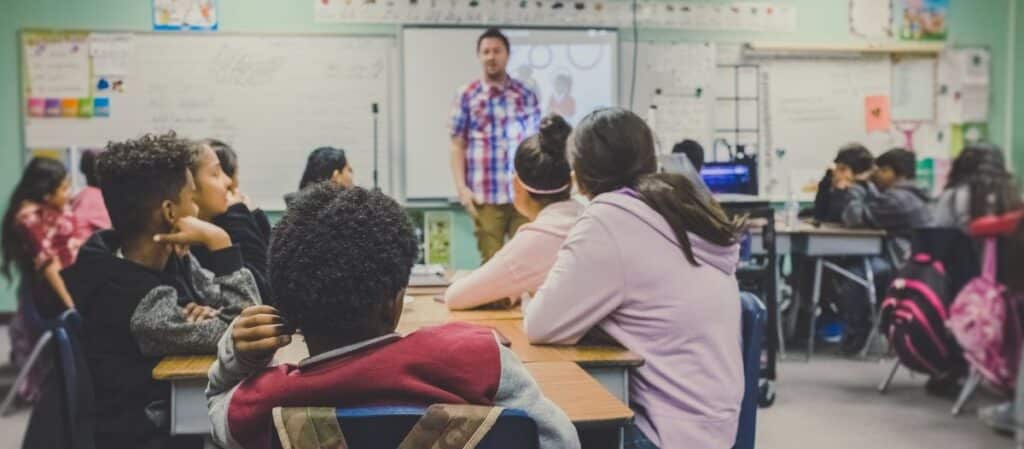
The Responsive Classroom approach is based on building a positive community of engaged learners. In order to do so, it is essential to uphold the dignity of all students. It is hardest, but most necessary, to do this when a student misbehaves. There are five Responsive Classroom practices you can use to preserve dignity in these situations by turning moments of misbehavior into opportunities for connection and growth.
An authoritative leadership style is rooted in the belief that students want to do what is right. Rather than rely on punishment or rewards, which can cause students anxiety and stress, an authoritative leadership style supports students in learning socially responsible behavior. Authoritative leaders aim to support a positive learning community for all students. Here’s how you can implement an authoritative leadership style in your classroom:
Teacher empathy results in students feeling seen, heard, and validated while still taking responsibility for their own actions. Building connections with, and being empathetic toward, students creates the foundation for discipline with dignity. Try the following to build your empathy in preparation for situations where a student misbehaves:
The words, phrases, tone, and pace that teachers use in speaking with students can build a strong, positive learning community. When speaking with students, try the following:
When a student misbehaves, giving the student a logical consequence allows them to fix and learn from their mistakes while maintaining dignity. Consider the following when implementing logical consequences:
Our reactions to misbehavior and discipline tap into our previous experiences and biases. It is important to recognize that we all have unconscious biases and to check on them in situations where emotions may be running high by doing the following:
Overall, approaching discipline with care, respect, and a desire to see the good in students allows every member of your learning community to participate in discipline with dignity. As pointed out in Seeing the Good in Students, you can set students up for success by making it clear that “mistakes are a natural part of the learning process, and that we all sometimes make mistakes, no matter how hard we try to follow the rules” (68). Make your discipline process an invitation for growth.
To learn more about any or all of these practices, check out the following resources:
Kate Conway is the leadership curriculum and instructional designer for Responsive Classroom.